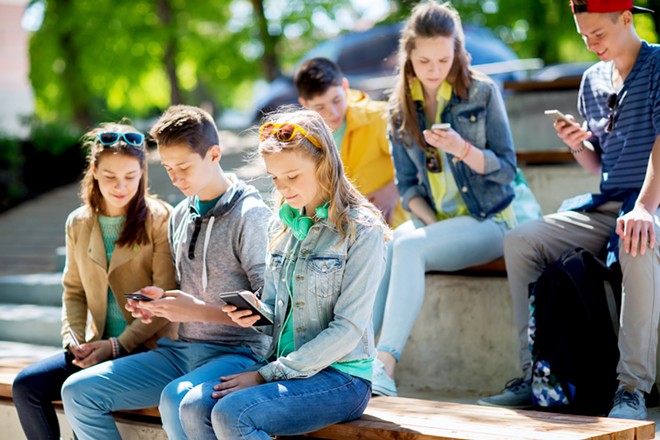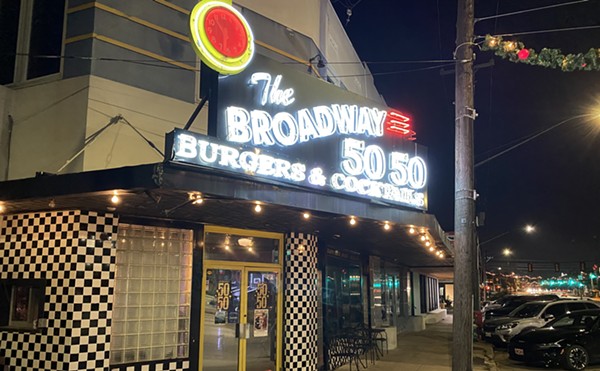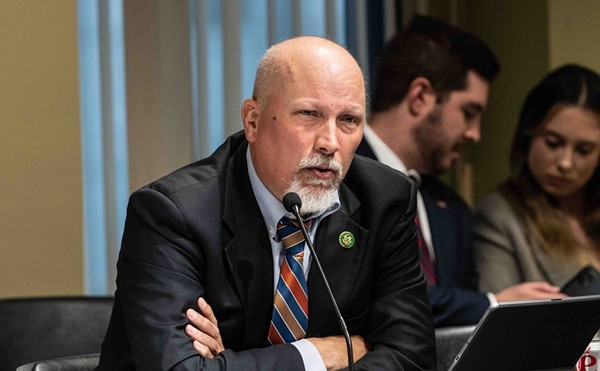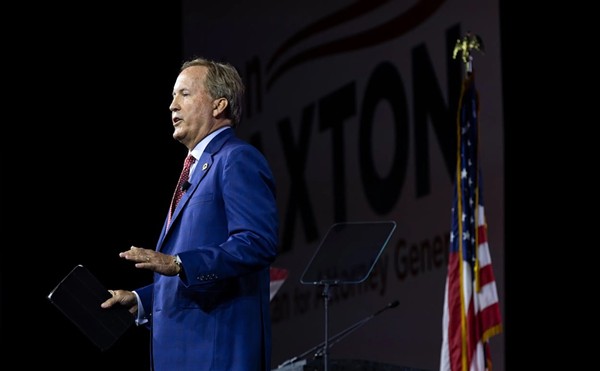
The free access which many young people have to romances, novels, and plays has poisoned the mind and corrupted the morals of many a promising youth. Parents take care to feed their children with wholesome diet, and yet how unconcerned about the provision for the mind, whether they are furnished with salutary food, or with trash, chaff, or poison? — Reverend Enos Hitchcock, 1790
If the screen time statistics compiled by my iPhone are to be believed, I’m on this gadget about 35 hours a week - essentially, a full-time job’s worth. I spend 3 or 4 hours every week playing chess via an app, I spend about 4 or 5 hours watching movies and Astros games, a few hours using email and reading the news, a combined hour Shazaming songs, and another hour or so writing notes which, with any luck, turn into snarky, award-winning columns. That leaves about 20 hours split between so-called social media: Facebook, YouTube, Instagram, Twitter and, picking up the rear, Threads. Last week I utilized the actual phone feature for all of 14 minutes.
Perhaps this classifies me as an addict in the judgment of a growing anti-smartphone movement. Its unofficial leader, psychologist Jonathan Haidt, has been making the rounds on talk shows promoting a book in which he claims the scourge of social media has precipitated a youth mental health crisis.
No writer’s ever gone broke catastrophizing the sorry state of “kids these days.” Earlier this year, on the business end of the crackdowns such sentiments inspire, hundreds of students walked out of Houston’s James Madison High School to protest administrators’ ban on cellphones. Cue all the ageist stereotypes about hormonal juveniles versus the olds who just don’t understand.
In the kids’ defense, it’s not always clear whether critics’ problem is with social media in particular or screen time as such, and at least some of the available literature on the subject has been badly misrendered. As an example, take the poster child for Old Men Shouting At Clouds, comedian Bill Maher, on whose HBO show Haidt has been a guest.
As recently as last Father’s Day, Maher, an outspoken non-parent, bandied about a scary-sounding American Psychological Association finding: “The average high school kid today has the same level of anxiety as the average psychiatric patient in the early 1950s.” Quite a punchy quotable.
“That’s directly related to social media,” Maher declared.
One tiny fly in the ointment: the meta-analysis he cited was talking about schoolchildren in the 1980s — more than a decade before Myspace was a twinkle in Tom’s eye. Indeed, the chief factor the authors gave for increased anxiety was a lack of social connectedness, which web-based communities may potentially assuage.
“As a queer teen growing up in rural Pennsylvania, the internet was my lifeline,” social media researcher dannah boyd told tech reporter Taylor Lorenz on the Power User podcast.
“It was the thing that kept me alive in those darkest of days,” boyd confided, thanking the anonymous online well-wishers who helped convince her that she had her whole life ahead of her.
After the U.S. Surgeon General issued an advisory on the risks of networking platforms last summer, Express-News columnist Nancy Preyor-Johnson published an opinion piece in which she admitted “spending too much time midnight doomscrolling.”
However, ”I see social media for what it is,” she added. “Children do not.”
Odd then that our clear-eyed elders, incensed by the sensationalized rightwing clickbait flooding their newsfeeds, elected a self-professed “very stable” threat to democracy named Donald Trump. If those under the age of 40 had been entrusted with choosing the president, either Hillary Clinton or Bernie Sanders would be finishing up their second term about now and reproductive choice would still be the law of the land in all 50 states.
“There’s nothing here that isn’t present in any of the past panics about video games, Dungeons & Dragons or silent movies,” Andrew Przybylski, a psychologist at the University of Oxford who studied possible negative psychological outcomes for teenagers with broadband access in 200 countries over 20 years, told Vox Media. “You have a new technology, a vulnerable group and a new mechanism. It’s always ‘This time it’s different,’ but there’s nothing in these claims that actually distinguishes it in terms of scientific evidence.”
An alternate explanation for high anxiety, if we set aside worsening worries about economic precarity and climate breakdown, may be young people’s loss of independence. A summary of the relevant data published in the Journal of Pediatrics last year theorized that “a primary cause of the rise in mental disorders is a decline over decades in opportunities for children and teens to play, roam and engage in other activities independent of direct oversight and control by adults.” Such autonomy is both “a direct source of satisfaction” and builds resiliency “for dealing effectively with the stresses of life,” the article notes.
“I can’t tell you how many parents won’t let their their kids go to a movie theater because of mass shootings,” social media researcher boyd said during her podcast appearance. “You see kids not being able to go to festivals of any form, like parades, because of that anxiety.”
Not to mention, the public’s confidence in police officers’ willingness to avoid the use of excessive force declined from 54% in 2014 to 39% by 2023, according to surveys by polling firm Langer Research. Doesn’t exactly make the kiddos feel safe hanging out at the local sweet shop anymore.
Sociologist Mike Males has dedicated his career to calling out youth-bashing.
“If schools gave the tiniest iota about student mental health, they’d start schooldays later to accommodate youthful circadian rhythms instead of grownup convenience, end the mind-warping stresses of high-stakes standardized testing and diligently pursue abuse reports against school staff instead of covering them up,” he wrote last year.
To my knowledge, the U.S. Surgeon General has yet to issue any statements on those immediately actionable reforms.
Something boyd said, herself a mother of three, also stuck out to me: “We’re projecting onto kids our own anxieties.”
Maybe the title of Haidt’s anti-smartphone bestseller, The Anxious Generation, more accurately refers to parents.
Let’s forgive all student debt, fund tuition-free college, universalize healthcare, pass common sense gun control and end child poverty in this decade. If there’s still a youth mental health crisis after that, we can talk about the stupid cat videos and comic books and grunge attire and pinball machines and Elvis’ hypnotically gyrating hips.
But perhaps that’s just the screen time talking.
Subscribe to SA Current newsletters.
Follow us: Apple News | Google News | NewsBreak | Reddit | Instagram | Facebook | Twitter| Or sign up for our RSS Feed


















